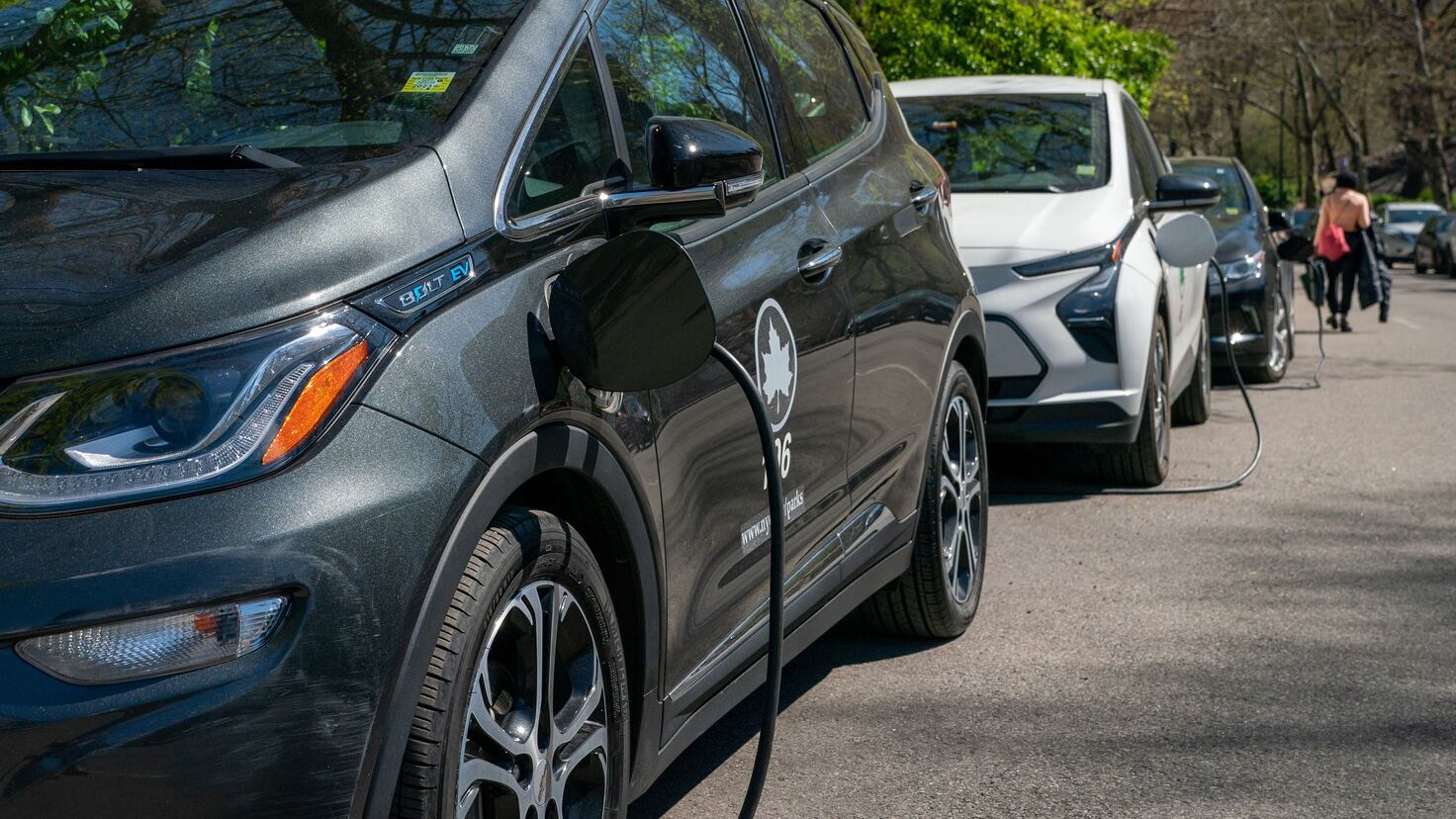CATL's Naxtra: Sodium-Ion Batteries Could Be the Future of Electric Vehicles, Ditching Lithium Dependency

The electric vehicle (EV) revolution is well underway, but a key challenge remains: the reliance on lithium-ion batteries. While effective, lithium sourcing and production raise concerns about sustainability, cost, and geopolitical stability. Now, CATL, the world's largest battery manufacturer, is poised to disrupt the industry with its innovative sodium-ion battery technology, dubbed Naxtra. This breakthrough promises a safer, more sustainable, and potentially cheaper alternative to lithium-ion, potentially reshaping the future of electric mobility.
What are Sodium-Ion Batteries and Why are They a Big Deal?
Sodium-ion batteries utilize sodium, an element far more abundant and evenly distributed across the globe than lithium. This inherent advantage addresses the growing concerns surrounding lithium scarcity and the environmental impact of its mining. Unlike lithium, sodium is readily available in seawater, making it a significantly more sustainable resource.
CATL's Naxtra: Performance and Advantages
CATL's Naxtra batteries aren't just about sustainability; they also boast impressive performance characteristics. Here's a breakdown of the key benefits:
- Enhanced Safety: Sodium-ion batteries are inherently more stable than lithium-ion batteries, reducing the risk of thermal runaway (fires) – a significant concern with current EV battery technology.
- Superior Low-Temperature Performance: Naxtra batteries excel in cold weather conditions, maintaining higher capacity and performance compared to lithium-ion counterparts. This is crucial for EV adoption in colder climates.
- Faster Charging: Preliminary data suggests Naxtra batteries can be charged more quickly than some lithium-ion batteries, minimizing downtime for EV drivers.
- Potential Cost Reduction: The abundance of sodium could lead to lower battery production costs, making EVs more accessible to a wider range of consumers.
Beyond Cars: A Wider Range of Applications
While the initial focus is on electric vehicles, the potential applications of sodium-ion batteries extend far beyond. They are well-suited for stationary energy storage systems (ESS) – crucial for integrating renewable energy sources like solar and wind power into the grid – and for other low-power applications like electric bikes and scooters.
The Road Ahead: Challenges and Future Outlook
Despite the significant promise, sodium-ion batteries aren't without their challenges. Historically, they have suffered from lower energy density compared to lithium-ion batteries, meaning they store less energy for a given size and weight. However, CATL's Naxtra technology represents a major step forward in addressing this limitation. Further research and development are needed to optimize energy density and improve overall performance.
CATL has already started integrating Naxtra batteries into some electric vehicles in China, and plans are underway to expand production globally. The widespread adoption of sodium-ion batteries could significantly reduce the environmental impact of electric vehicles and accelerate the transition to a cleaner, more sustainable transportation future. The era of lithium dependency might be drawing to a close, paving the way for a new generation of batteries powered by the ocean’s most abundant element: sodium.



:format(jpg):quality(99):watermark(f.elconfidencial.com/file/bae/eea/fde/baeeeafde1b3229287b0c008f7602058.png,0,275,1)/f.elconfidencial.com/original/a9b/367/2d8/a9b3672d8d925f71ee40c00e48de8bb4.jpg)


